Surfing Etiquette
Intro
What is Surf Etiquette?
There is nothing more important in surfing than following good surf etiquette. It keeps all levels of surfers safe while enjoying the sport that we love in a respectful and organized environment. Knowing this set of universal guidelines, based on sharing and respect, ensures everyone catches waves and no one gets hurt.
Surfing Culture
As responsible stewards of our sport, it’s our job to instill in newcomers the proper knowledge of what to do and where to go when interacting with other surfers. It is the difference between being welcomed in the water and being called a “kook.” For those fortunate enough to grow up at the beach in a surfing community, these guidelines get spelled out while you’re watching and surfing alongside the elders. So how are new surfers supposed to know if what they’re doing is acceptable or not? Keep reading…
The very first thing that novice surfers should know is that the old salts and true watermen, the guys and girls who have been surfing for a long time, are very serious about taking care of the ocean and being stewards of such an amazing gift. This results in a very intense subculture of highly sensitive brothers and sisters who work hard to maintain a clean beach and a clean lineup. Something as small as picking up a piece of trash lying on the beach or passing a wave off to a fellow surfer keeps this environment intact. Surfing is synonymous with peace, serenity, harmony, and healing.
Some of the most memorable and cherished experiences we have are set to a backdrop of glassy head high waves with our best friends. We are blessed. We know it. And we’ll do whatever it takes to protect this gift, share it with others, and pass on the knowledge of how to foster and care for it. Sometimes as the waves grow bigger and more intense, surfers themselves can become more aggressive and intense. Due to the dangerous nature and rarity of bigger waves, surfers cherish them more and have to become more aggressive to catch them and protect them. Following the laws of surfing etiquette will ensure that everyone remains friends and stays safe.
Wave Priority
The Lineup 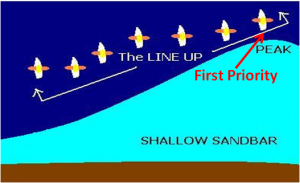
The lineup is a unique environment. It can be potentially dangerous with more experienced surfers jockeying for positioning for the next wave. It can also be a friendly place, where surfers meet, catch up with each other, and chat. The lineup is the area past where the waves are breaking and surfers sit and wait for the perfect set. In an ideal situation, the lineup will look like a single file line, running parallel to the beach, waiting for their waves at the peak (where the wave first breaks). As the surfer closest to the peak takes a wave, the rest of the lineup moves so that the second person in line is now first. Not all lineups will be as organized as this but it is extremely important to follow the rules even if others are not.
Typically there will be a mix of intermediate and advanced surfers sitting in close proximity to each other. As a beginner, you should not be surfing in a line up with advanced surfers. It is best for a beginner to start surfing away from a crowded wave for several reasons:
- Most importantly, beginners need to stay safe. If you are surfing away from others, there is a much smaller chance of colliding with another surfer or being injured by another surfer.
- As beginner surfers, people are more self conscious about their surfing. Surfing alone or away from a group will allow surfers to feel much more comfortable in the water resulting in faster progression and more fun. No one wants to feel nervous in the surf.
- In most cases the crowd determines the peak. What this means is that the break with the most surfers on it is usually the best spot on the beach. A beginner surfer is working on the fundamentals of surfing and therefore is more concerned with quantity of waves rather than the quality of the waves.
- Last but not least is the simple fact that by surfing away from other surfers, you can catch many more waves. In a crowded spot there is a pecking order, rules to follow and you’ll have to share waves with other surfers. When you surf alone, you are free to pick whichever wave you like.
If you find yourself surfing in a crowd, be sure to sit far outside so as not to be in the way of oncoming surfers. Never sit directly in front of another surfer while in the line up. Should a surfer turn around and start paddling for a wave, they may end up colliding with you. Effective communication is crucial in surfing. Asking “Left or right?” is always a safe bet.
Priority in the Lineup
Wave Priority refers to the surfer that has the “right of way” while surfing on a wave.
- Priority on a wave is determined by the proximity of a surfer to the “peak.”
- The peak is the part of the wave that will break first and peel either right or left.
- The surfer closest to the peak has Priority to catch the next wave of his/her choice.
- Once he/she catches a wave then the next surfer in line has Priority.

If surfer A is closer to the peak on a left hander, surfers B and C should all be looking to their right to wait and see if surfer A is going to catch the wave. Surfer A knows he has priority and is only concerned with communicating to B and C that he is going left on the wave so they don’t “drop In” on him.
Conversely, if the wave is a right and the surfers are in the same lineup order, surfer C now has priority and all surfers are looking to their left to see if surfer C is going to catch the wave. If surfer C does not go on the wave, surfer B now has priority and will have the honors. If a surfer is unsure who has priority on a particular wave, they should not be paddling for the wave.

There should only ever be one surfer on a wave. After the surfer with priority catches a wave, the line up will shift to be one surfer closer to the peak. Surfers in the lineup should never paddle from the end of the line to the peak after another surfer gets a wave (paddling around the pack is not a good way to make friends or earn respect).
Priority rules should always be followed when surfing.
This will keep everyone safe and ensure your session is a positive one.
Dropping In
- Dropping in on another surfer means that you’ve decided to take off on a wave that another surfer is already riding. Drop ins are the most common mistake beginner and intermediate surfers tend to make because they are not informed about etiquette. Knowing which surfers have priority on a wave is critical. Having said that, drop ins are one of the easiest problems to avoid.
- When paddling into a wave, a surfer should always look left, right (just like crossing the road), and straight ahead (like skiing down a mountain) to make sure they are not going to jump out in front of a fast moving object (like a car or a surfer) or accelerate into a stationary object (like a tree or someone paddling out).
- If you see another surfer already up and riding on a wave, you should not be paddling for the wave.
- If you see someone paddling out directly in front of you, even if it seems far enough away, back out of the wave.
- By looking both ways and being aware of your surroundings, you can avoid getting injured, injuring someone else, or getting scolded by another surfer.
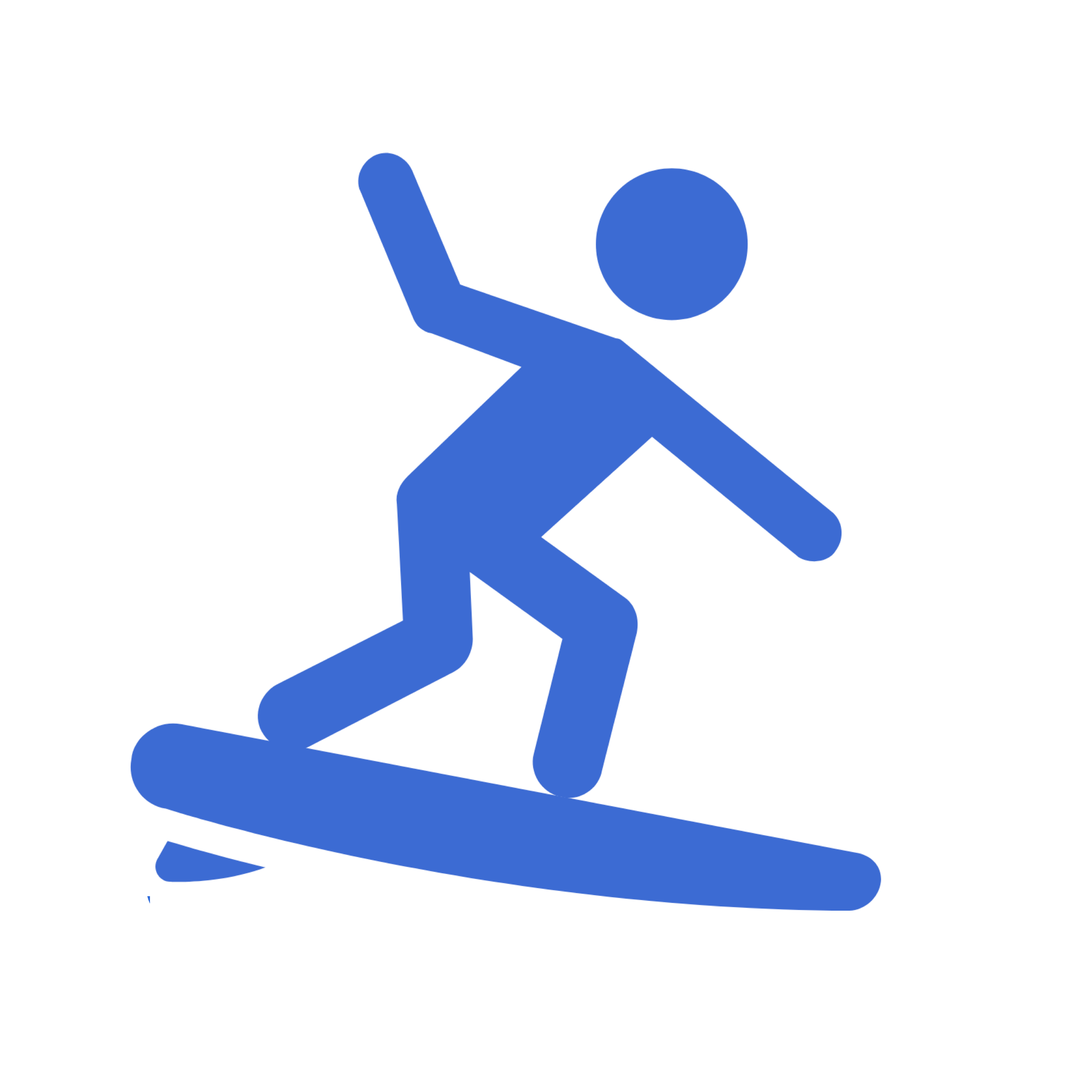
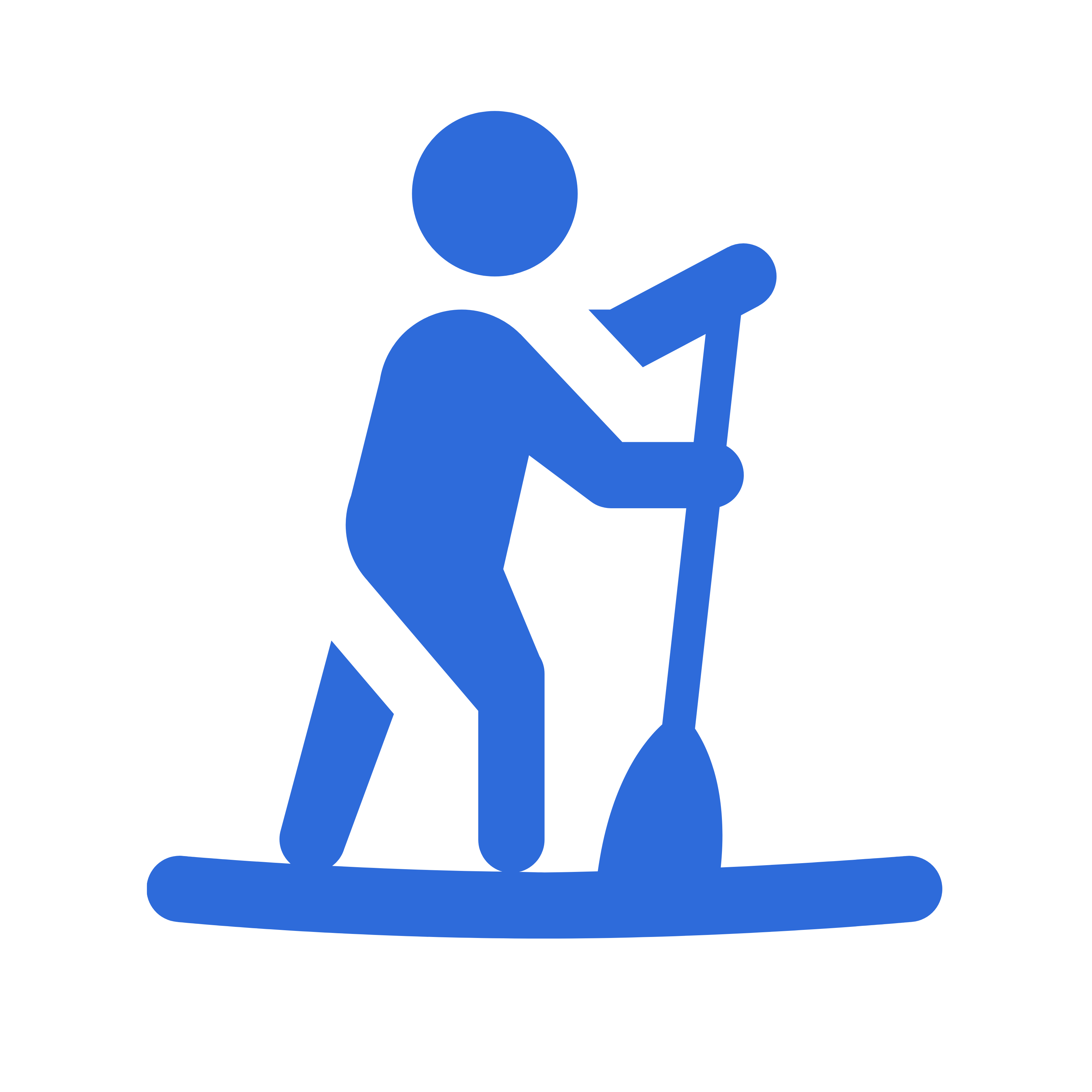
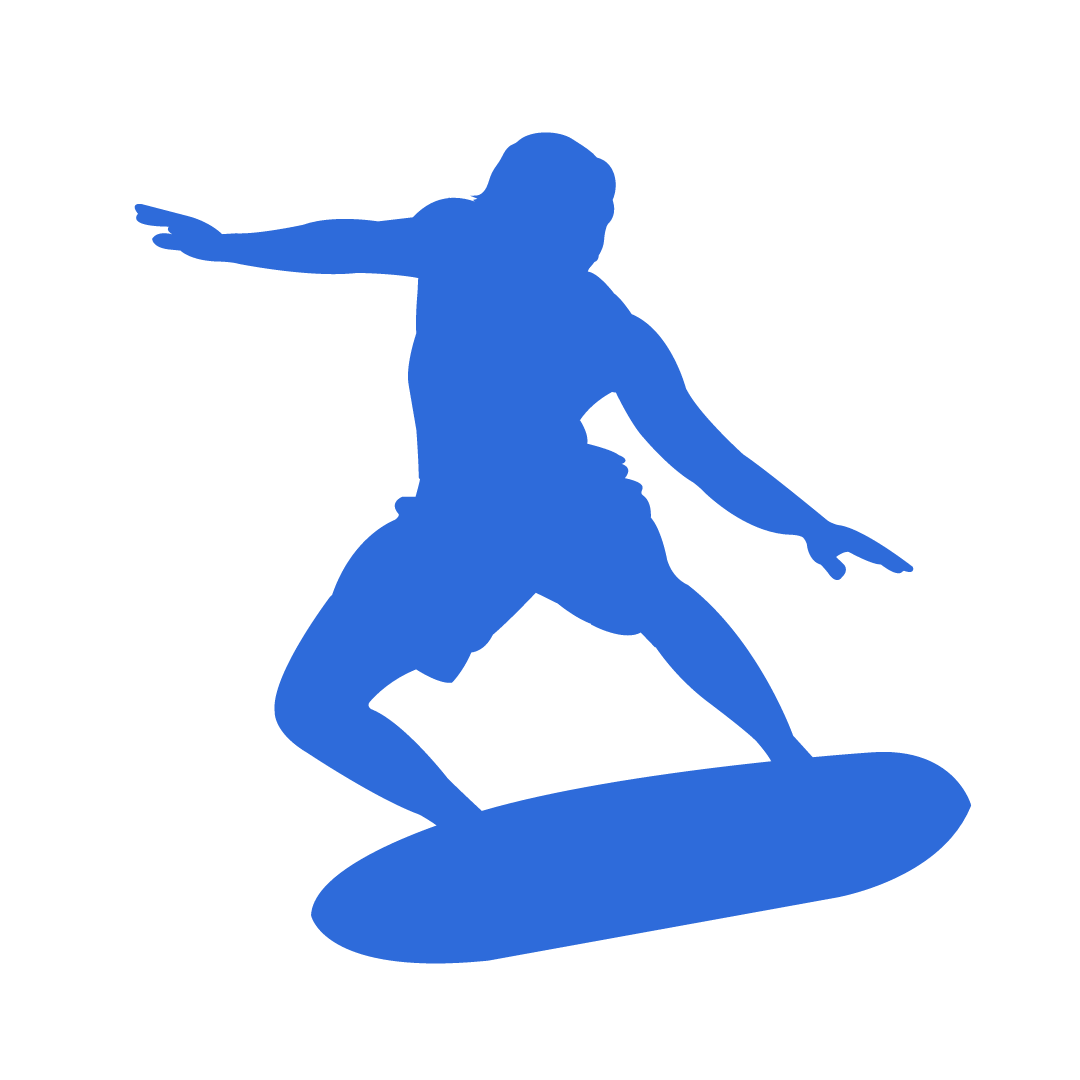
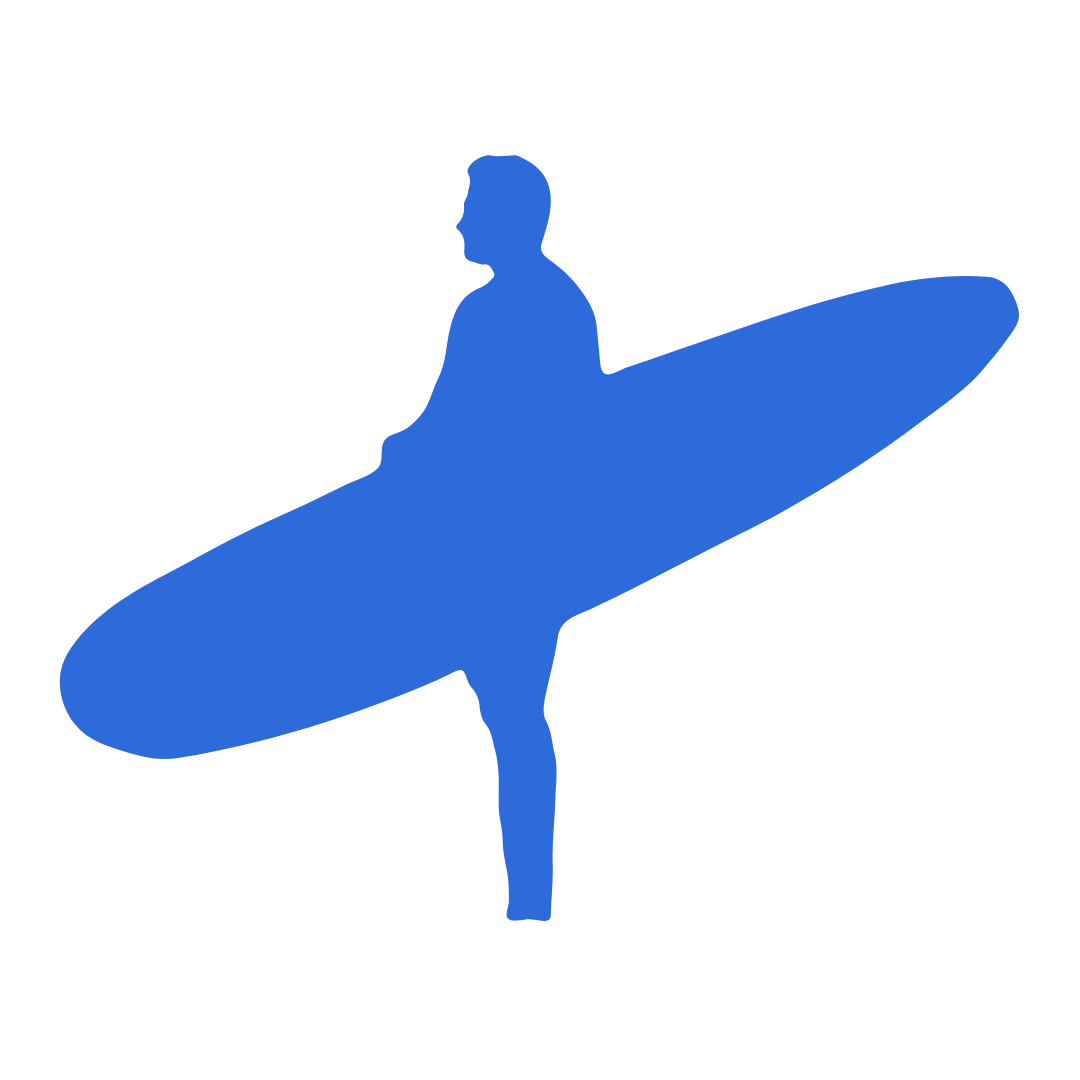
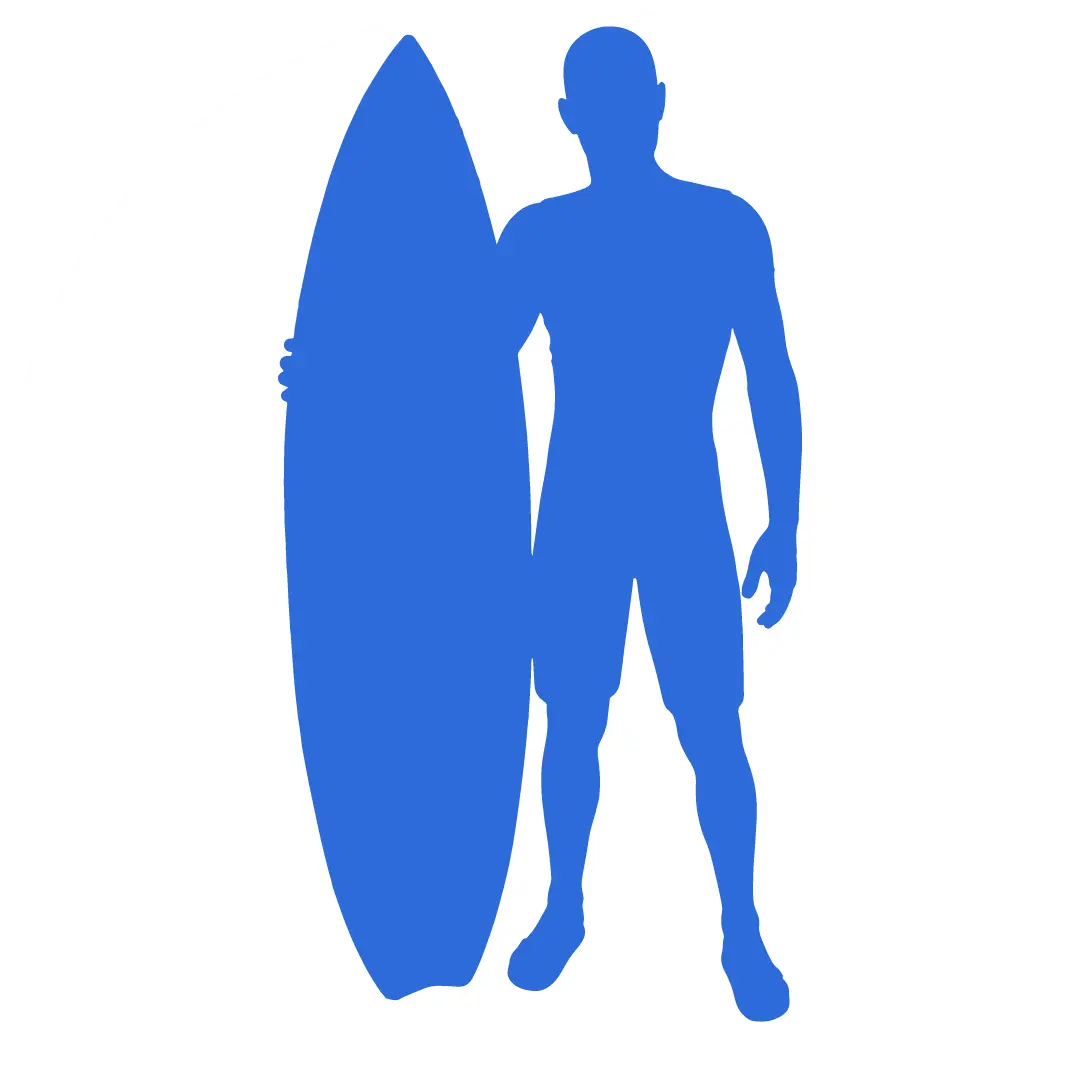
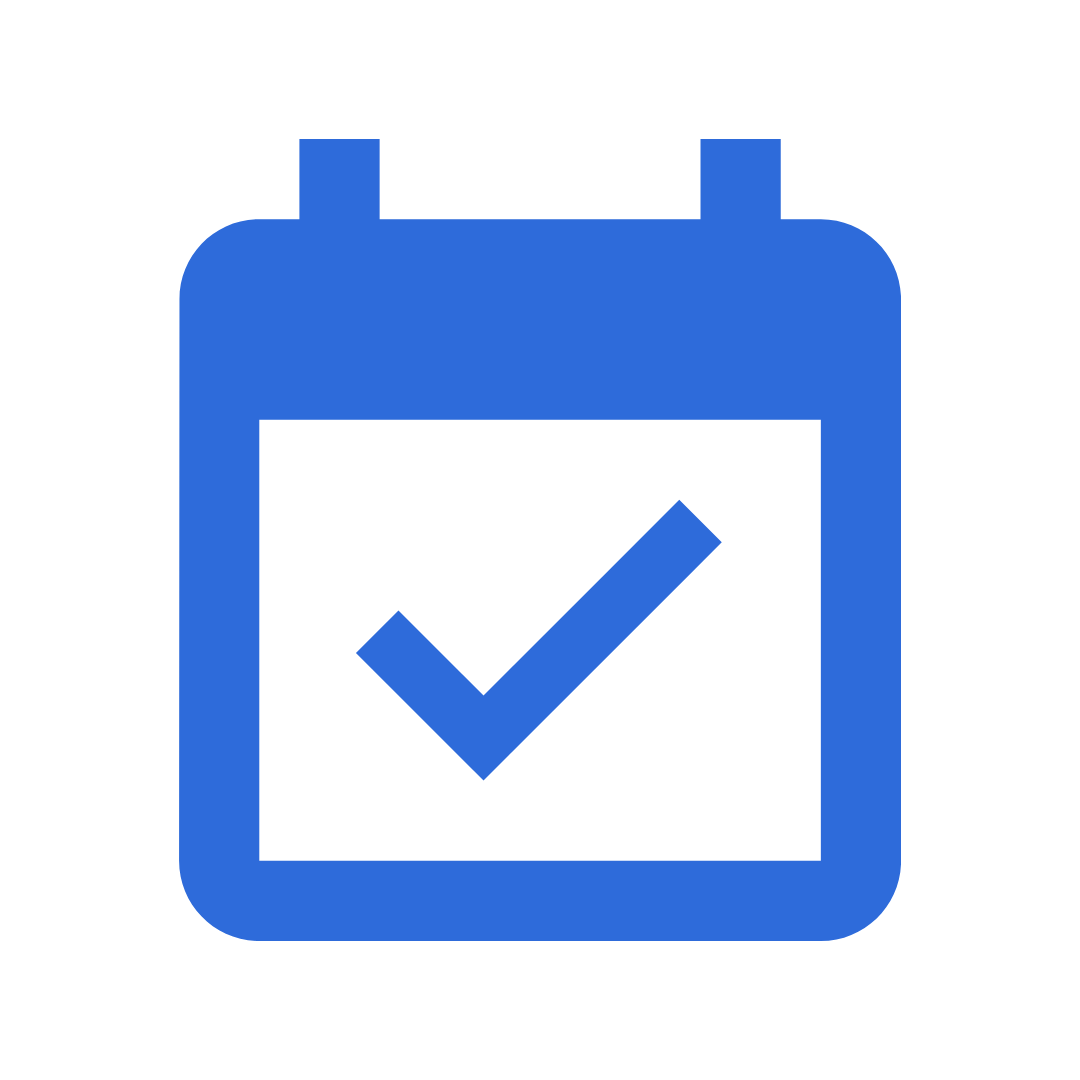

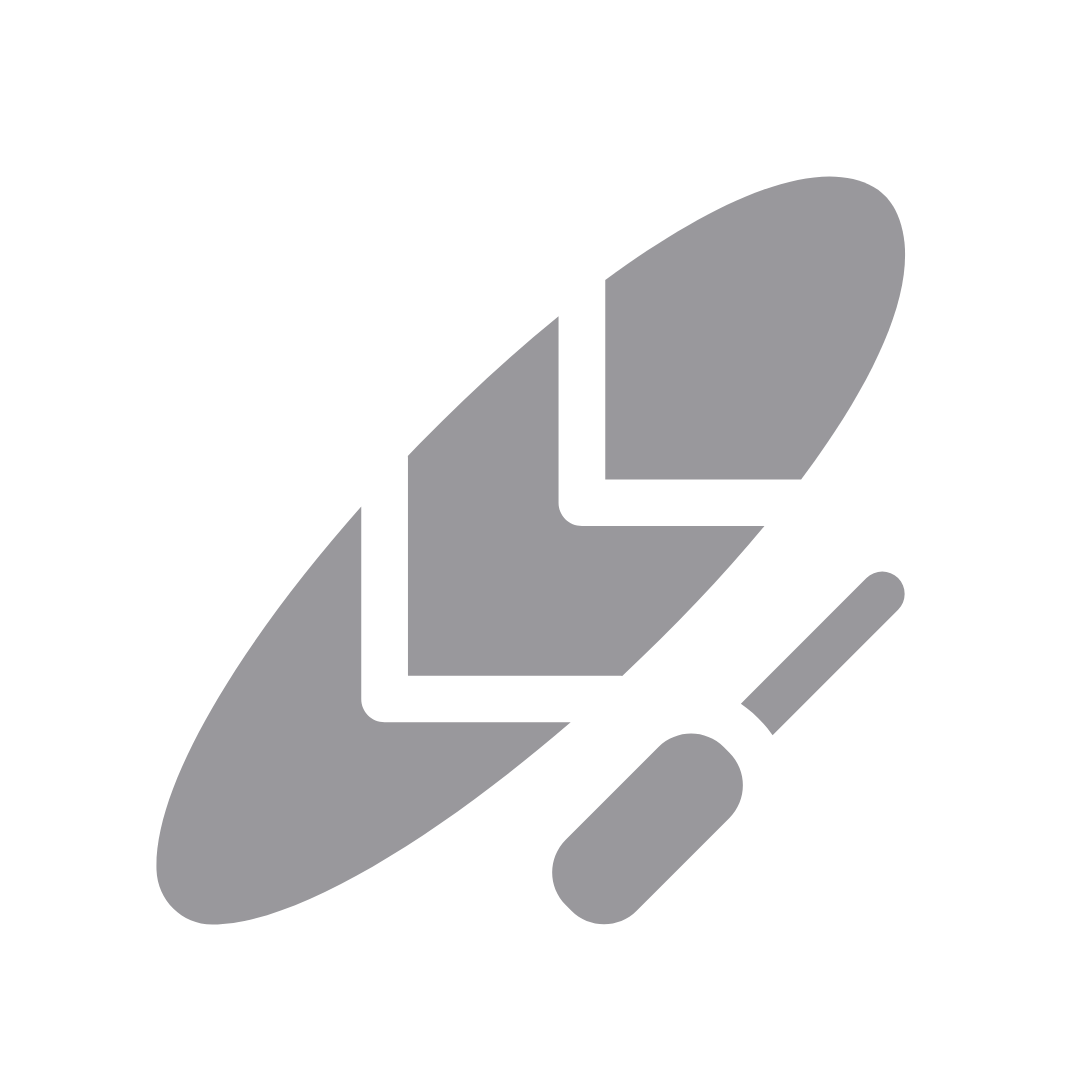 RENTALS
RENTALS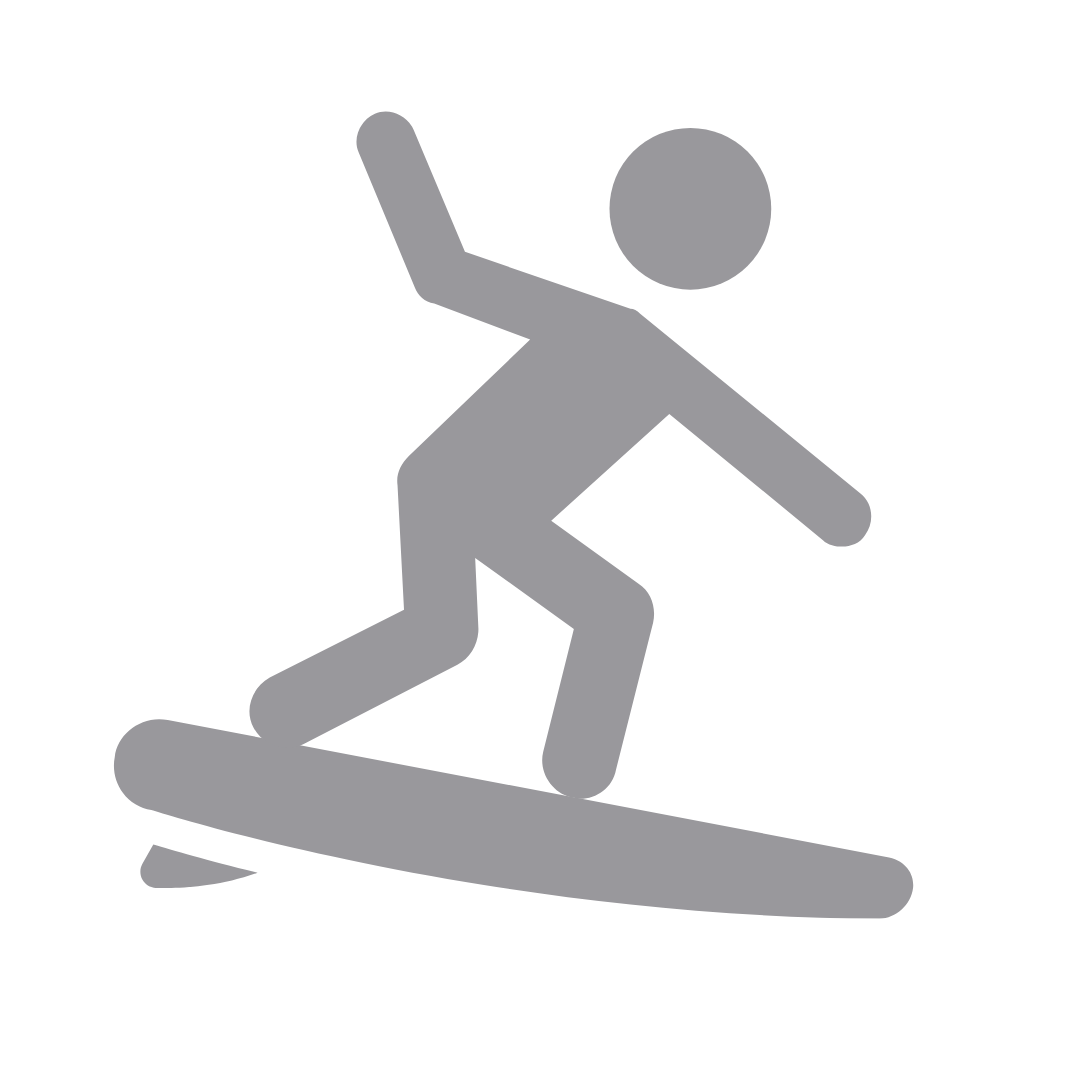 LESSON
LESSON CAMPS
CAMPS ABOUT
ABOUT SHOP
SHOP